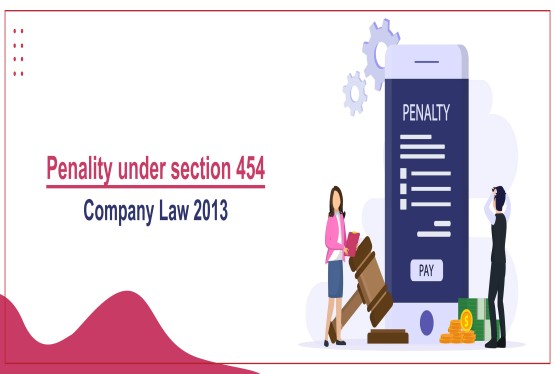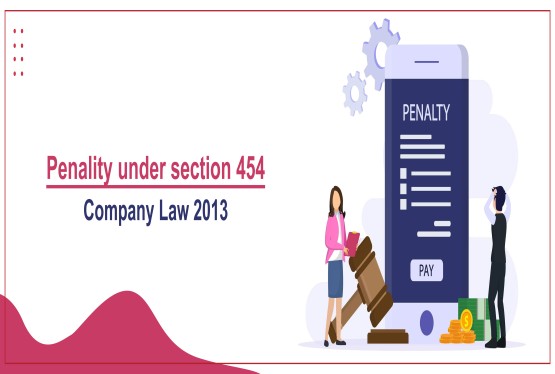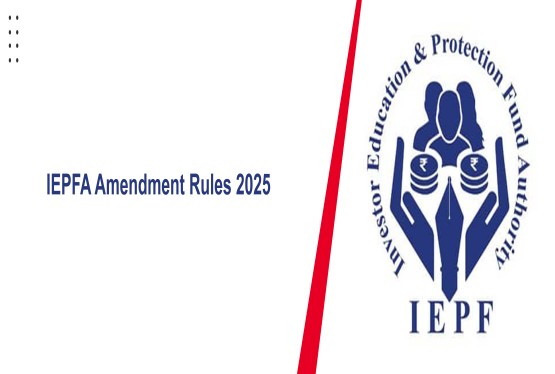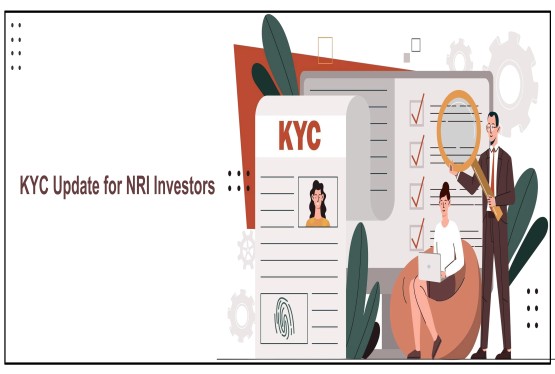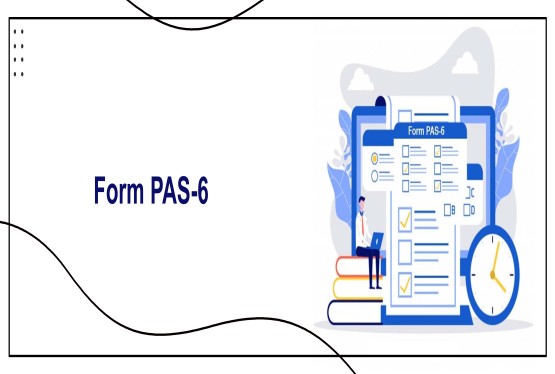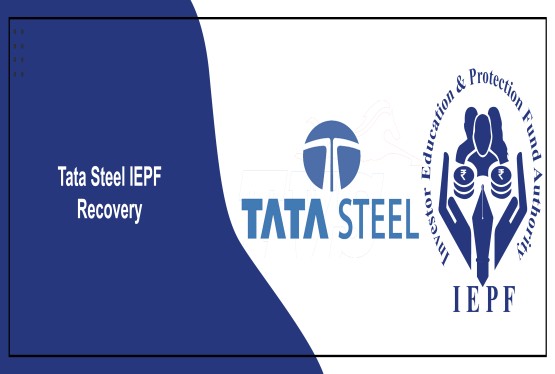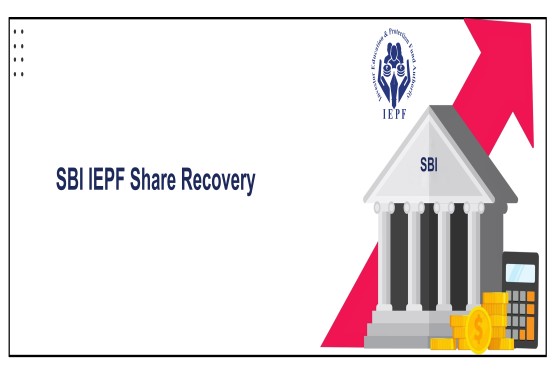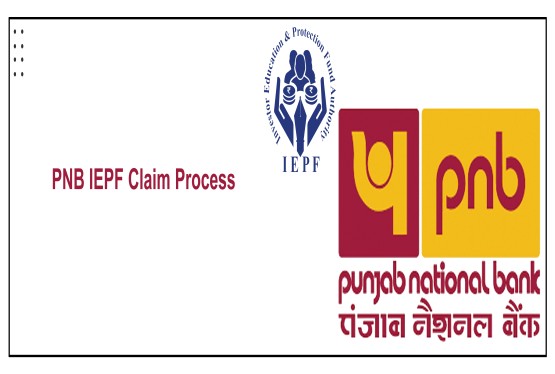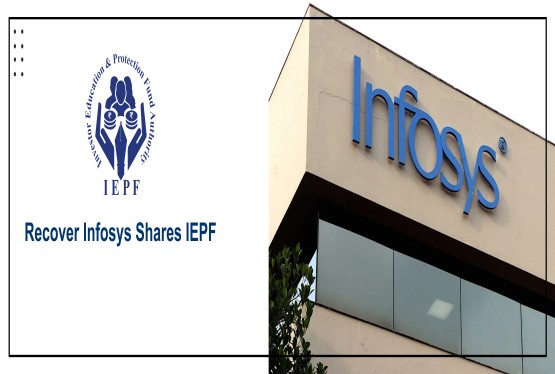Non-Banking Financial Companies (NBFCs) are a part of India's financial system, offering lending, investment, and financial services outside the traditional banking sector. To ensure the soundness and accountability of NBFCs, the Reserve Bank of India (RBI) has issued detailed compliance requirements. These obligations span monthly, quarterly, half-yearly, and annual submissions and are particularly important under the Scale-Based Regulatory (SBR) Framework. The RBI compliance calendar serves as a roadmap to meet statutory timelines, avoid penalties, and remain in good regulatory standing. Below is a detailed breakdown of the compliance calendar for FY 2025–2026, tailored to the reporting and operational needs of NBFCs.
Monthly NBFC RBI Compliance Requirements
One of the most frequent monthly obligations involves reporting transactions to the financial intelligence unit (FIU-IND). NBFCs must file Cash Transaction reports (CTRs) by the 15th of the following months if any cash transactions exceed Rs. 10 lakh. Similarly, Suspicious transaction Reports (STRs) must be submitted immediately upon detection of irregular or suspicious activity. Irrespective of the amount involved.
Monthly statutory dues such as Tax deducted at source (TDS) and Tax collected at source (TCS) must be paid by the 7th of the following months. NBFCs registered under the Goods and Services Tax (GST) must also file their GSTR- 38 returns and pay applicable taxes by the 20th of the month.
In the terms of compliance controls, NBFCs are required to conduct regular know your customer (KYC) checks and Anti-money Laundering (AML) monitoring. This involves updating customer risk ratings and conducting ongoing due diligence. Monthly internal reports on these functions are also prepared for management review.
Quarterly NBFC RBI Compliance Requirements
Requirements are categorised into two main category which are as follows:
-
Quarterly RBI Returns for NBFCs: Every quarter, NBFCs must submit specific returns to the Reserve Bank of India to demonstrate their financial health and regulatory compliance. The NBS-1 return is required from NBFCs with asset sizes of Rs.100 crore or more and includes detailed financial statements, such as the balance sheet and profit & loss account. This gives the RBI a clear view of the NBFC’s financial status. Along with it, the NBS-2 return covers prudential norms like provisioning requirements, capital adequacy, and sectoral exposure limits ensuring that the NBFC is managing risks appropriately.
For deposit-taking NBFCs, two additional returns apply. The NBS-3 return provides data on liquid assets maintained, which is vital for ensuring liquidity and repayment capacity. In case the NBFC has defaulted on any public deposit repayments, it must file the NBS-4 return, detailing the nature of the default and the remedial steps taken.
-
Governance and FDI Compliance in the Quarter: NBFCs must conduct a quarterly board meeting to review financial performance, internal audit findings, and the company’s compliance status. These meetings are documented thoroughly, and the minutes form an important part of the NBFC's compliance record for future inspections and audits.
Moreover, if an NBFC receives Foreign Direct Investment (FDI) during the quarter, the transaction must be recorded and reported in compliance with FEMA (Foreign Exchange Management Act) norms. While the detailed FLA (Foreign Liabilities and Assets) return is filed annually, the FDI inflow must be reported promptly using forms such as FC-GPR, helping the RBI monitor cross-border financial flows effectively.
Half-Yearly NBFC RBI Compliance Requirements
Half-Yearly Compliance Requirements NBFCs with an asset size of Rs.100 crore and above are required to file the NBS-6 return on a half-yearly basis. This return captures information on exposure to sensitive sectors like real estate and capital markets. It must be submitted within 15 days from the end of the reporting period. A crucial half-yearly obligation is the submission of Asset-Liability Management (ALM) returns. These include ALM-1 (structural liquidity), ALM-2 (interest rate sensitivity), and ALM-3 (maturity pattern of assets and liabilities). These returns help the RBI assess the maturity mismatches and liquidity positions of NBFCs.
NBS-6 Return Filing:
NBFCs with an asset size of Rs. 100 Crore or more must file the NBS-6 return on a half yearly basis.
-
This return provides detailed data on the company’s exposure to sensitive sectors, such as real estate and capital markets.
-
It helps RBI Monitor sectoral concentration risk.
-
The return must be submitted within 15 days from the close of the reporting period (March 31 and September 30)
Asset- Liability Management (ALM) Returns:
ALM returns are critical tools for assessing the NBFC’s liquidity and risk management. The following three ALM reports are submitted:
-
ALM-1: Focuses on structural liquidity, i.e., cash flow mismatches over various maturity buckets.
-
ALM-2: Reports on interest rate sensitivity, showing how the NBFC’s assets and liabilities react to interest rate changes.
-
ALM-3: Captures the maturity pattern of assets and liabilities, ensuring there’s no major liquidity gap.
Supervisory Review Report:
-
This is an internal compliance report prepared by the NBFC’s compliance or risk management team.
-
It includes a summary of pending regulatory matters, compliance status, and any material risk exposures.
-
The report is submitted to the Board of Directors or Audit Committee for review.
-
The purpose is to promote strategic oversight, identify any regulatory lapses, and build a culture of strong governance.
Annual NBFC RBI Compliance Requirements
-
One of the most important filings in the annual cycle is the Statutory Auditor Certificate (SAC), which confirms that the NBFC has adhered to all RBI norms, particularly around asset classification and provisioning. This certificate must be filed with the RBI by June 30 each year. Along with SAC, NBFCs are required to file their audited financial statements with the Registrar of Companies (ROC) in Form AOC-4 and their annual returns in Form MGT-7.
-
Each NBFC must also file an Annual Return with the RBI, detailing their balance sheet position, risk exposures, governance details, and financial performance. This is a comprehensive return that provides the RBI with a snapshot of the NBFC's overall functioning.
-
NBFCs must also conduct an annual review and reapproval of their Fair Practices Code. This policy, which sets standards for customer interaction, loan terms, and complaint handling, must be displayed on the company’s website and made available to all customers.
All directors must file an annual ‘fit and proper’ declaration, which is then verified and documented during a board meeting. In addition, deposit-taking NBFCs must file a Statutory Half-Yearly Return (SHP) related to public deposits by September 30 and March 31 each year.
Event Based NBFC RBI Compliance Requirements
Event based compliances requirements are as follows:
Changes in Directors or Key Managerial Personnel (KMPs)
Whenever an NBFC appoints, removes, or experiences a resignation of any director or Key Managerial Personnel such as a CEO, CFO, or Company Secretary it triggers immediate compliance responsibilities. The NBFC must inform both the Reserve Bank of India (RBI) and the Ministry of Corporate Affairs (MCA) within 30 days of the change.
-
This involves filing Form DIR-12 with the MCA, which documents the change in directorship.
-
Supporting documents such as board resolutions, consent letters, and declarations from the new appointee (including a "fit and proper" declaration as per RBI norms) must also be submitted.
-
In parallel, an intimation must be sent to the RBI, especially if the person holds a regulatory or compliance-related role, to ensure continued adherence to the RBI’s fit and proper criteria for directors of NBFCs.
Change in Registered Office, Ownership, or Control
If the NBFC shifts its registered office especially across states it must update the Registrar of Companies (ROC), RBI, and sometimes even tax authorities.
-
Any change in ownership or control, such as acquiring more than 26% shareholding or a change in the controlling shareholder or promoter group, is considered a material event.
-
Prior RBI approval is often needed in such cases under Para 13 of the RBI Master Directions for NBFCs, particularly for those in the Upper and Middle layers under the Scale-Based Regulation (SBR).
-
NBFCs must also maintain proper due diligence and "know your investor" (KYI) documentation for ownership changes.
Receipt of Foreign Investment (FDI)
Whenever an NBFC receives foreign direct investment, it must ensure the inflow complies with the sectoral cap (100% under automatic route for most NBFCs) and meets the minimum capitalisation norms, if applicable.
-
The NBFC must file Form FC-GPR with the RBI through the Single Master Form (SMF) portal on the FIRMS platform within 30 days of issuing shares.
-
Supporting documents like the KYC of the foreign investor, board resolution, valuation certificate, and declaration under the Foreign Exchange Management Act (FEMA) must be submitted.
-
Annual reporting in the FLA Return (Foreign Liabilities and Assets) must also include this transaction.
Issuance of Debentures or NCDs
If the NBFC issues debentures or Non-Convertible Debentures (NCDs), it must follow a separate regulatory path:
-
Trust Deed Registration: A trust deed must be executed between the NBFC and a SEBI-registered debenture trustee to protect investor interests.
-
Credit Rating: The NBFC must obtain a credit rating from a registered credit rating agency before issuance.
-
Debenture Redemption Reserve (DRR): For certain classes of NBFCs, a portion of profits may need to be transferred to a DRR as per Companies Act requirements.
-
Disclosures to Investors: A detailed offer document or information memorandum must be issued containing the terms of the debenture, interest payment schedule, security, covenants, etc.
-
Filing with Stock Exchanges: If listed, the NBFC must also comply with SEBI’s LODR Regulations.
Conclusion
The NBFC RBI Compliance Calendar for 2025–2026 serves as an important tool for all Non-Banking Financial Companies governed by RBI regulations. With the introduction of the Scale-Based Regulation (SBR) framework, regulatory expectations have become more rigorous, making timely and precise compliance absolutely critical. Delays in filings or lapses in record-keeping can attract significant penalties and closer scrutiny from regulators. To manage these risks effectively, NBFCs should implement robust internal compliance tracking mechanisms, clearly define roles for compliance officers, and conduct periodic internal audits. Collaborating with external compliance professionals can further strengthen an NBFC’s ability to meet its obligations. Ultimately, staying compliant is not just about avoiding fines it's a commitment to transparency, credibility, and long-term sustainability in the eyes of regulators, investors, and clients.
Frequently asked questions
Q1. What are the key quarterly returns NBFCs must file with the RBI?
Ans. NBFCs must file the following quarterly returns:
-
NBS-1: Financial details (for NBFCs with Rs.100 Cr+ asset size).
-
NBS-2: Prudential norms like capital adequacy and provisioning.
-
NBS-3: Liquid assets (for deposit-taking NBFCs).
-
NBS-4: Filed only if there's default on public deposits.
Q2. When is the deadline for submitting the NBS-6 half-yearly return?
Ans. The NBS-6 return, which captures exposure to sensitive sectors like real estate and capital markets, must be filed within 15 days from the end of each half-year (i.e., by April 15 and October 15).
Q3. What are the ALM returns that NBFCs are required to submit?
Ans. NBFCs must submit the following Asset-Liability Management (ALM) returns on a half-yearly basis:
-
ALM-1: Structural liquidity profile.
-
ALM-2: Interest rate sensitivity.
-
ALM-3: Maturity pattern of assets and liabilities.
Q4. What is the compliance timeline for appointment or resignation of a director?
Ans. Any change in director or KMP must be:
-
Reported to RBI and MCA within 30 days.
-
Form DIR-12 must be filed with MCA.
-
RBI must be notified with fit and proper documentation.
Q5. Is prior RBI approval required for changes in ownership of an NBFC?
Ans. Yes, any acquisition of 26% or more equity, or change in control, requires prior RBI approval under the Master Directions for NBFCs.
Q5. What returns are due annually for NBFCs as per RBI guidelines?
Ans. Key annual filings include:
-
Statutory Audited Balance Sheet & P&L (within 1 month of AGM).
-
Auditor’s Certificate on NDSI or ND status.
-
FLA Return (Foreign Liabilities & Assets) to RBI by July 15.
Q7. What is the compliance process for receiving FDI in an NBFC?
Ans. NBFCs receiving foreign direct investment (FDI) must:
-
File Form FC-GPR on the FIRMS portal within 30 days of share allotment.
-
Ensure compliance with sectoral caps, pricing, and valuation norms under FEMA.
Q8. What events trigger event-based compliance filings with RBI?
Ans. Event-based filings include:
-
Change in directors/KMPs.
-
Change in ownership or registered office.
-
Issue of debentures/NCDs.
-
Receipt of foreign investment.
-
Strategic tie-ups, mergers, or material agreements.
Q9. Are board meetings a compliance requirement under RBI for NBFCs?
Ans. Yes, quarterly board meetings are required for reviewing:
-
Financial results.
-
Internal and concurrent audit findings.
-
Compliance status and regulatory updates.
Q10. What are the penalties for missing RBI compliance deadlines?
Ans. Penalties include:
-
Monetary fines.
-
Restrictions on business operations (e.g., raising deposits).
-
Classification as non-compliant in RBI inspection reports.
-
Reputational damage and increased scrutiny in future inspections.

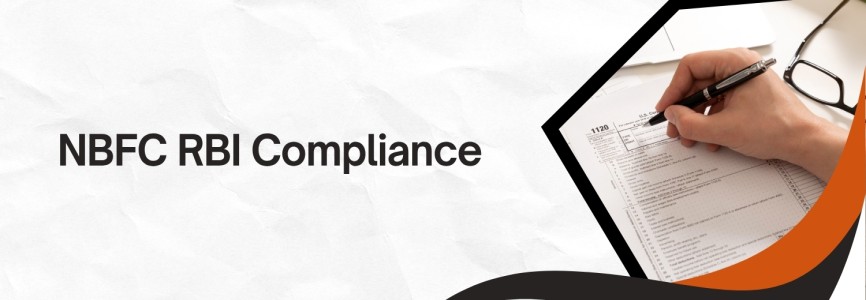









































































_crop10_thumb.jpg)


































































_crop10_thumb.jpg)
_crop10_thumb.jpg)



_crop10_thumb.jpg)


_crop10_thumb.jpg)





_crop10_thumb.jpg)

_crop10_thumb.jpg)














-suratgujarat-section-158_crop10_thumb.jpg)
-suratgujarat_crop10_thumb.jpg)
-(33)_crop10_thumb.jpg)



-ahmedabad_crop10_thumb.jpg)
-learn_crop10_thumb.jpg)

-learnn_crop10_thumb.jpg)



























































_crop10_thumb.jpg)






















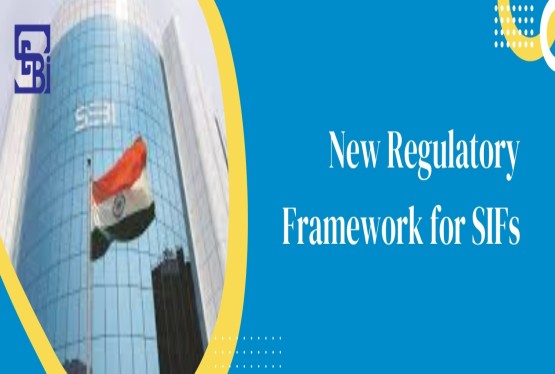
_Guidelines_learn_crop10_thumb.jpg)























_learn_crop10_thumb.jpg)
_crop10_thumb.jpeg)










_crop10_thumb.jpg)




_Second_Amendment_Rules,_2025_learn_crop10_thumb.jpg)







_learn_crop10_thumb.jpg)






















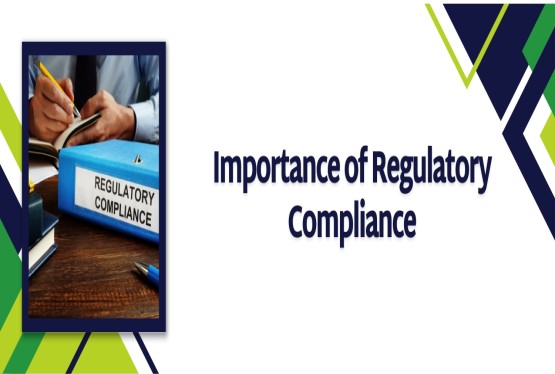








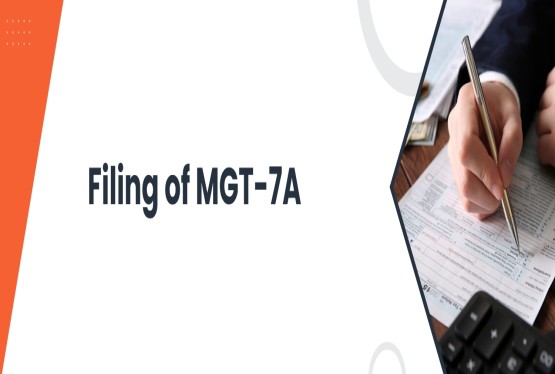
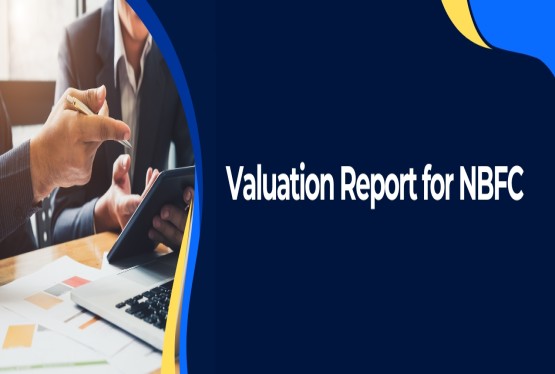



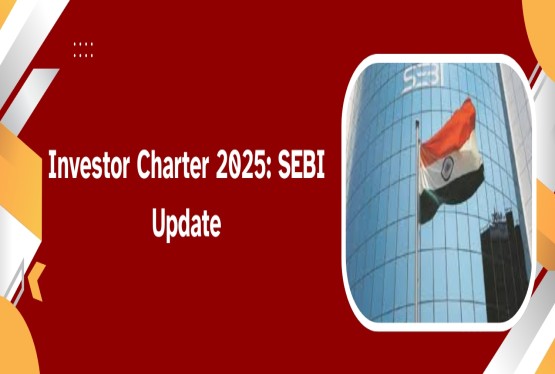

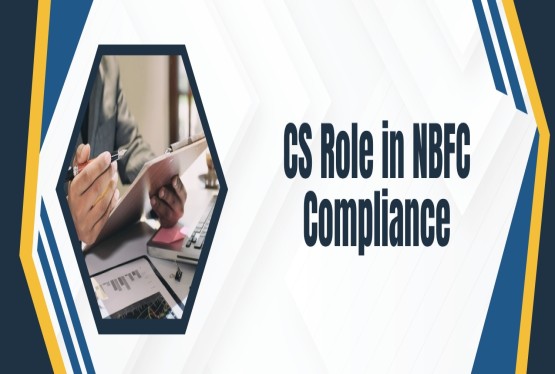


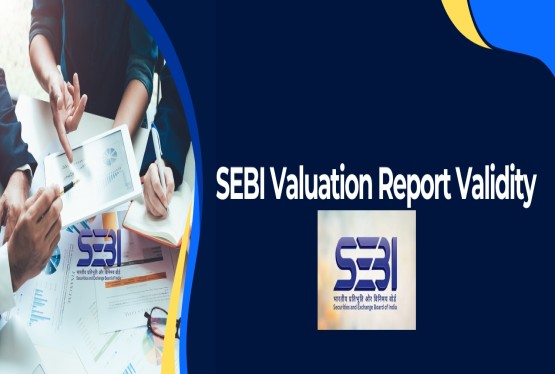

_learn_crop10_thumb.jpeg)

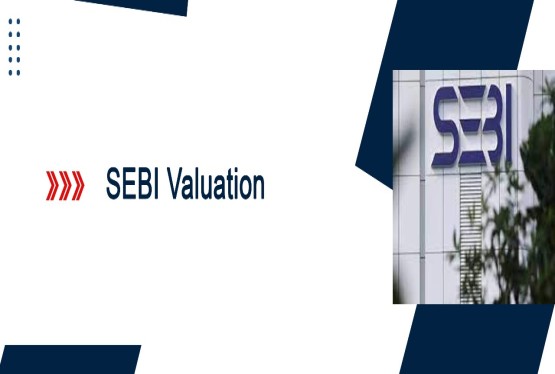




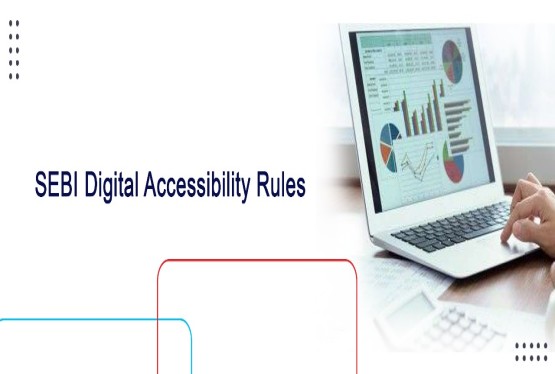

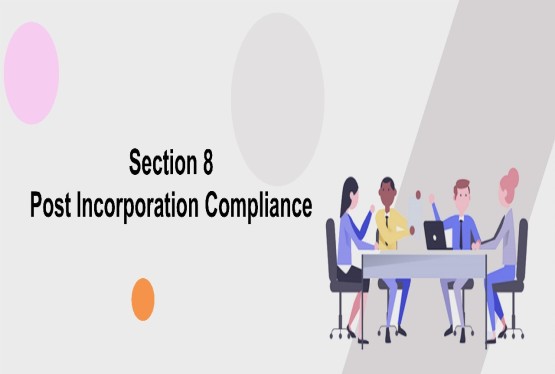
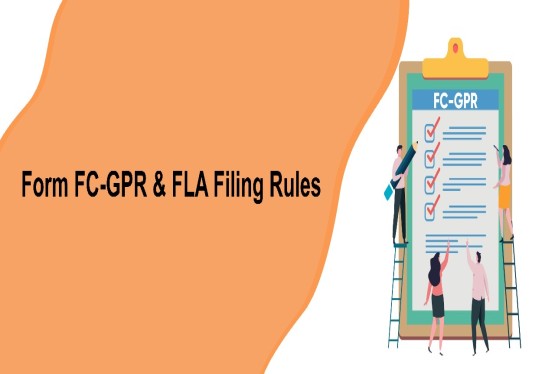
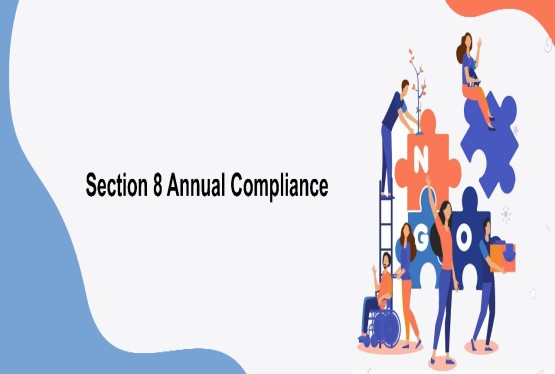
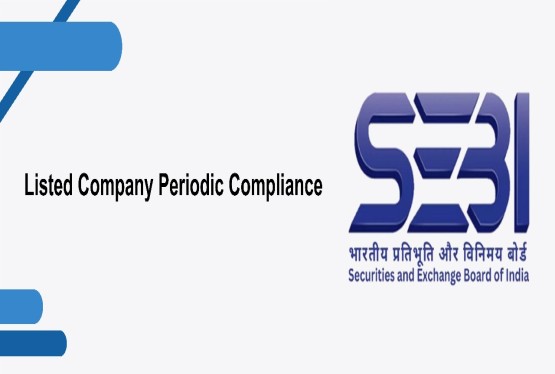

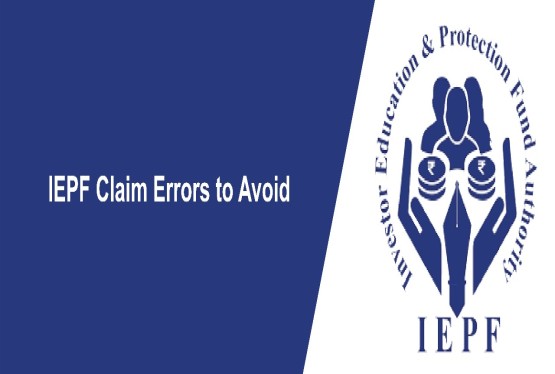


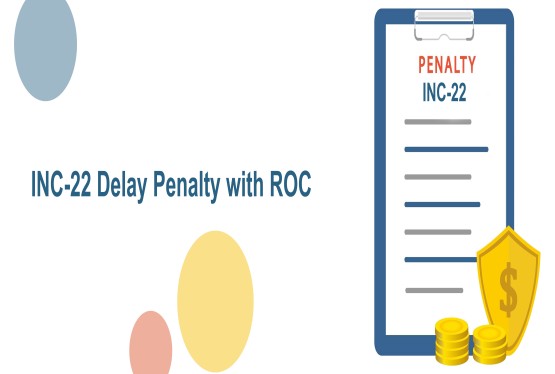


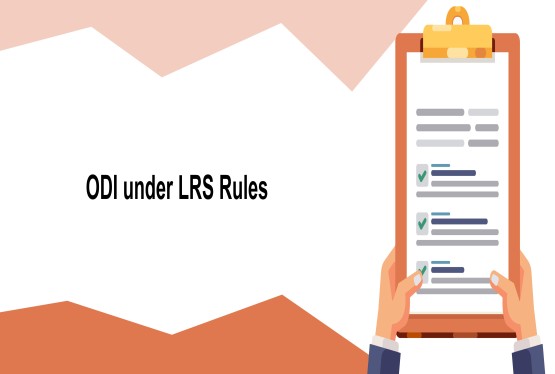
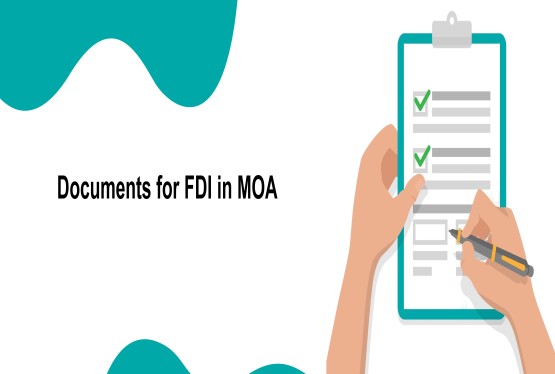


_learn_crop10_thumb.jpg)
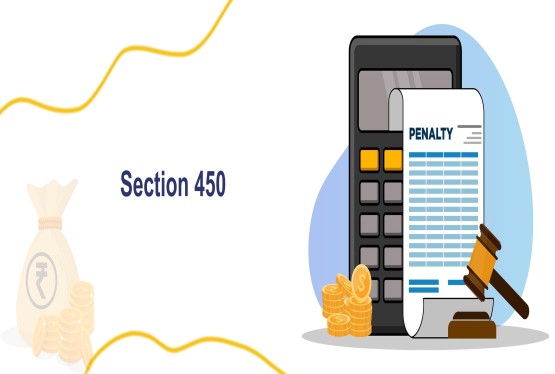


_rd_roc_learn_crop10_thumb.jpg)
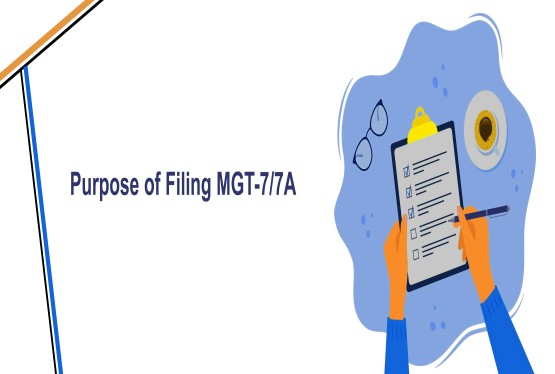
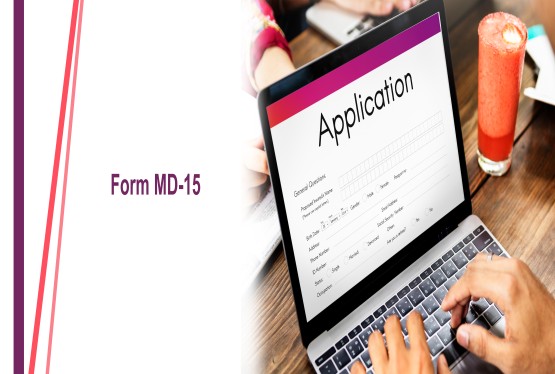


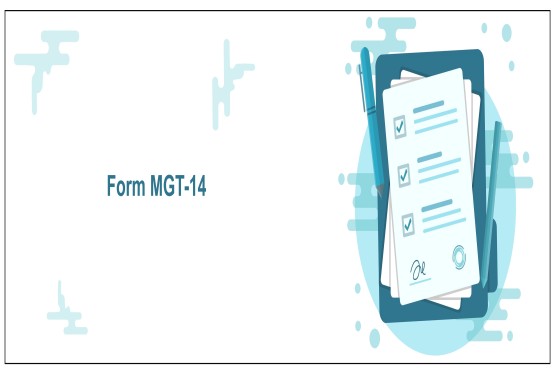
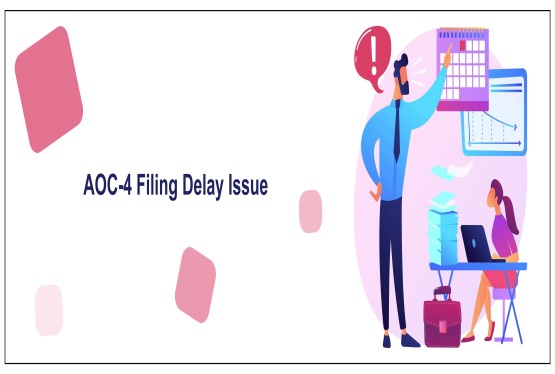
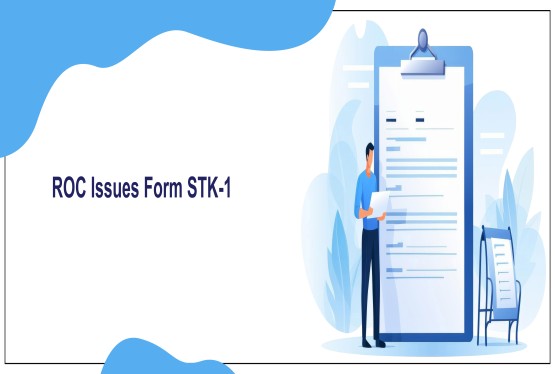








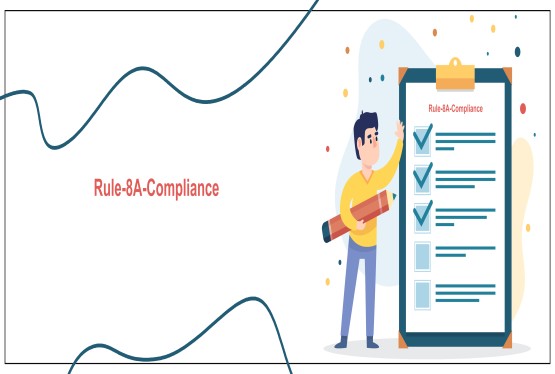
_learn_crop10_thumb.jpg)
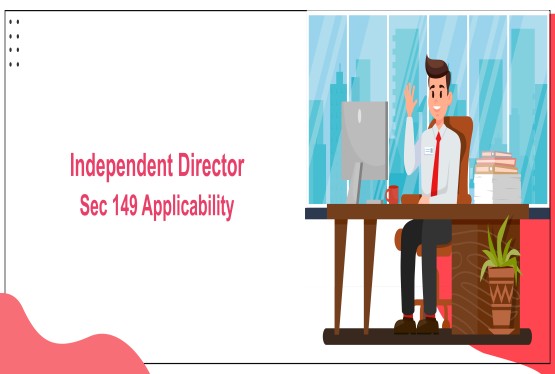
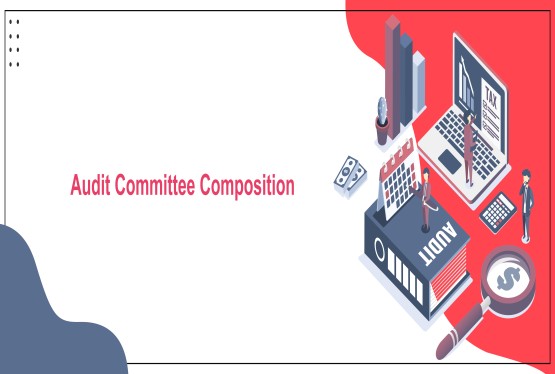
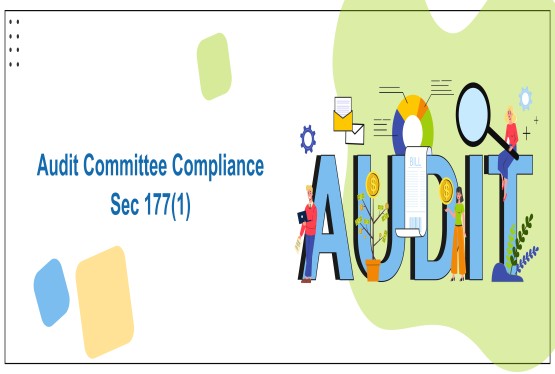



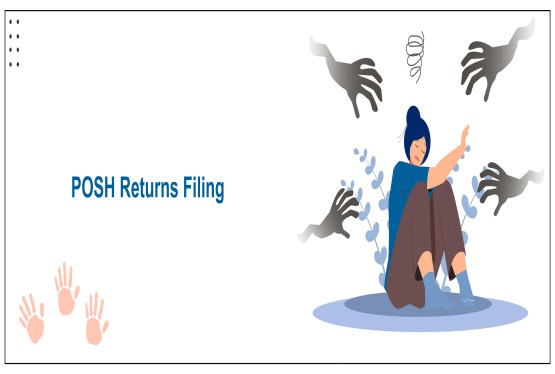
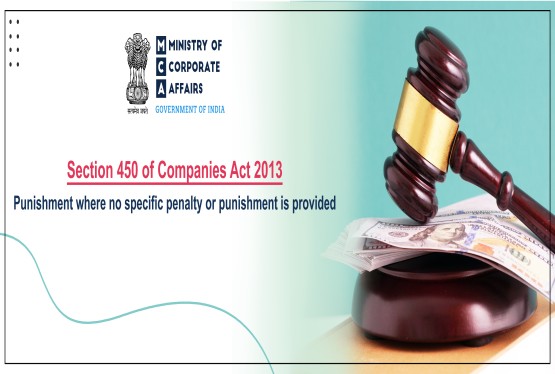

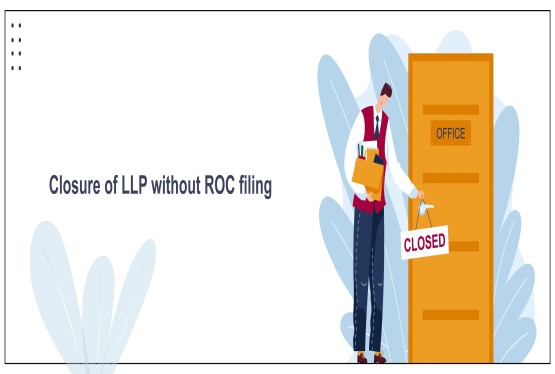


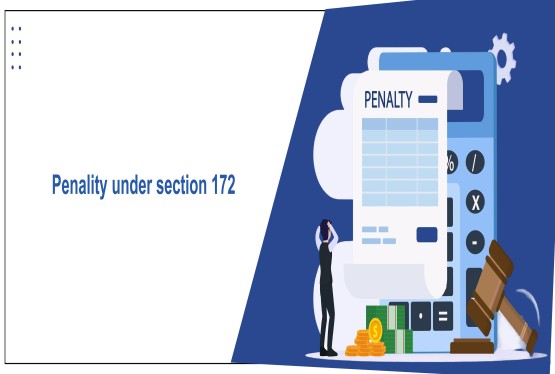
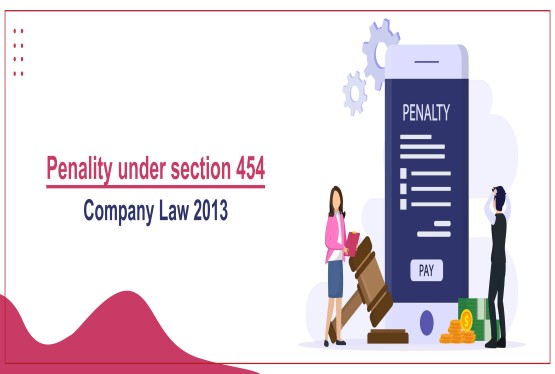
_learn_crop10_thumb.jpg)
_Learn_crop10_thumb.jpg)
